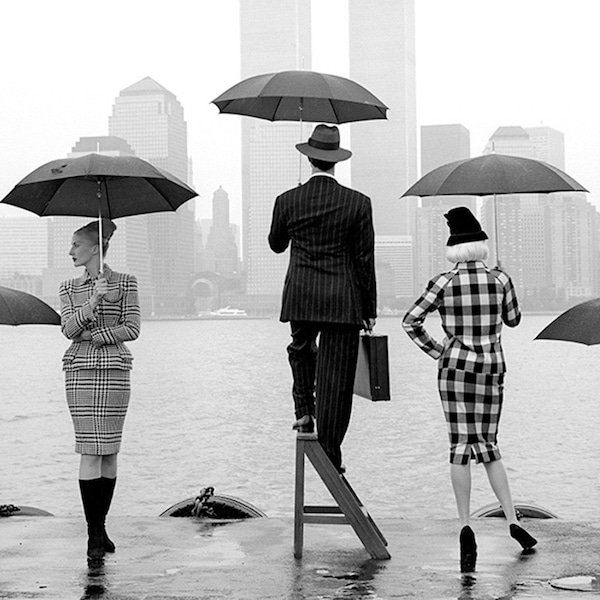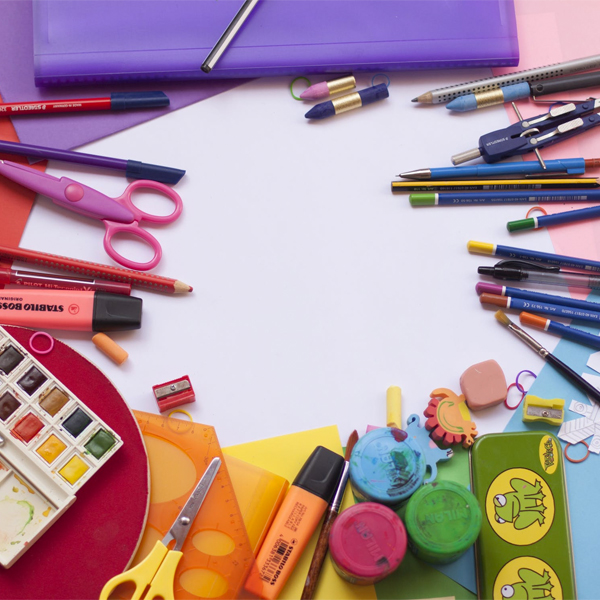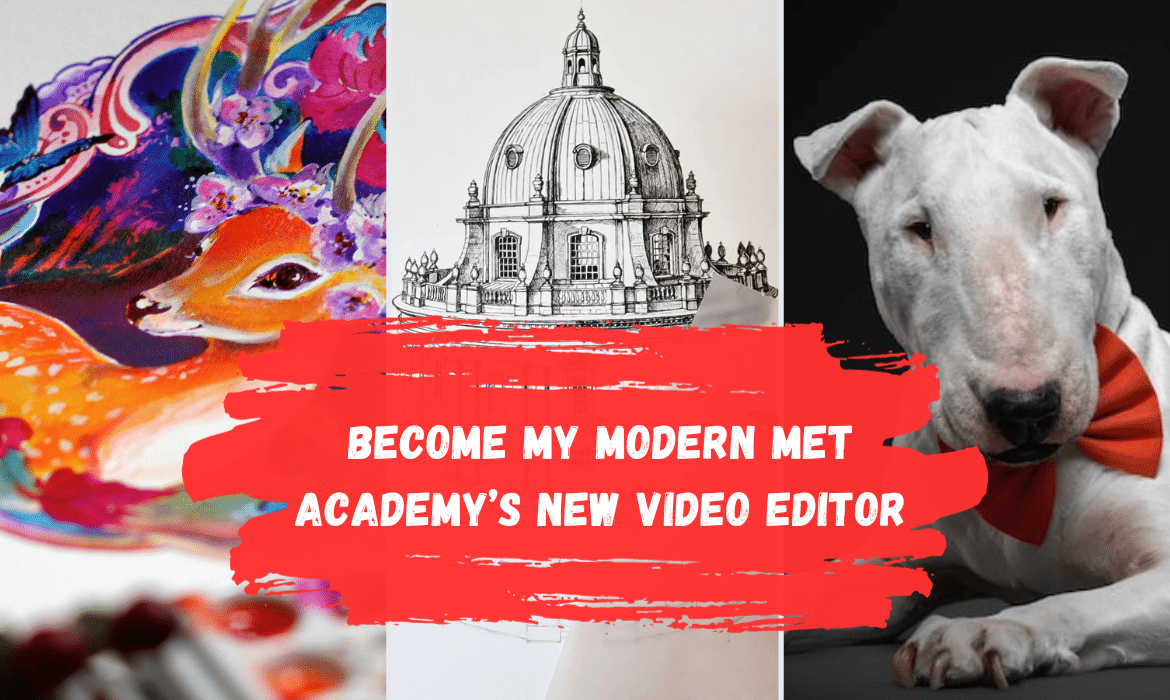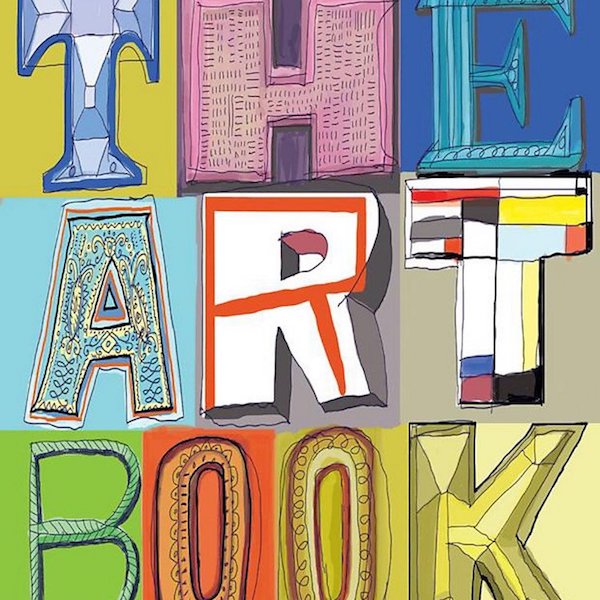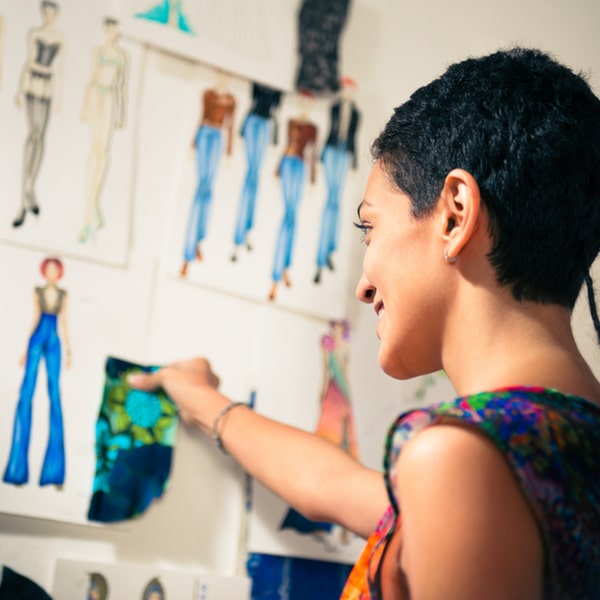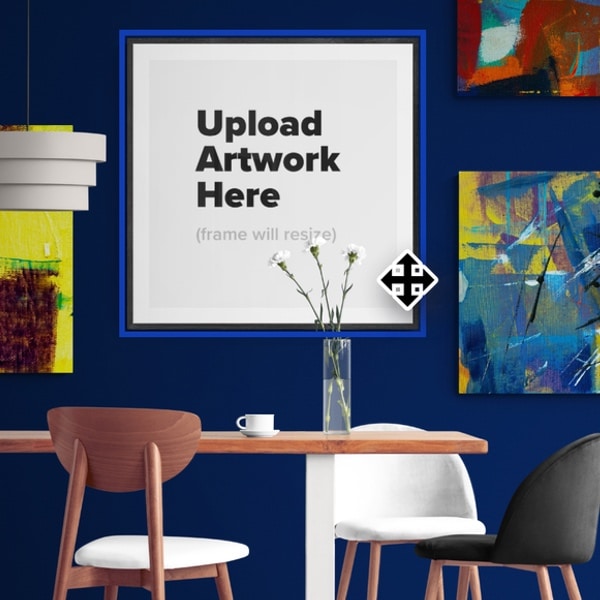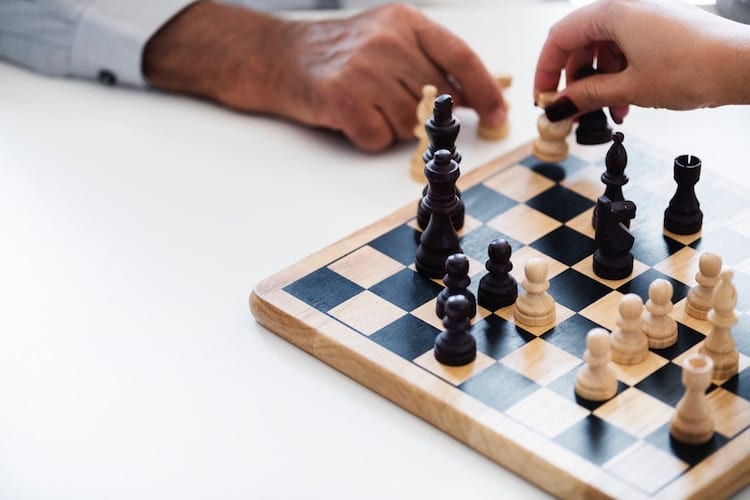
Photo: rawpixel.com
For many creatives, talking about money can be uncomfortable. Yet, the more skilled you are at knowing your value and fighting for it, the more you'll see your business grow. And while there are some who think that negotiating should never be a factor when buying art, the reality is that it's commonplace. Buyers like to feel like they are getting a deal, and so it's up to the individual freelancer to come prepared with a good set of negotiation skills whether you are selling individual artworks or trying to close a deal for a job with a client.
Gone are the days when good negotiators conjured up images of large egos battling over who could stiff the other. Once you've created a good basis for your pricing and you know your market, you can begin to think about what leeway you have to negotiate. And it doesn't have to be combative, in reality, respect and a willingness to work with the other party will often breed better results—and long-term relationships.

Photo: rawpixel.com
Let's look at 10 tips for improving your negotiating skills, whether you are selling a piece of art or negotiating a commission with a large corporation.
Aim High
Often, in a move to make sure you get the job, it's easy to undersell yourself and put in a bid just to close the deal immediately. But in doing so, you risk being woefully underpaid and set a precedent, if the client returns for future work. It's crucial to get your ideal pricing correct at the beginning and aim high knowing that you may have to come down in price during the negotiations.
Know Your Bottom Line
Just as you should start with your ideal price, you'll also want to know—in advance—what you're happy settling with. Understanding what you'll be satisfied with monetarily will let you go into the negotiations relaxed. The worst thing is to panic and blurt out a number to close the deal, only to feel as though it's worked out unfavorably once you walk out the door.
Don’t Panic
The best negotiators have a poker face and never let you see them sweat. They come prepared with their reasoning and the logic behind the pricing they can offer and stay confident in their delivery. By panicking, you're giving the other party power, and leave the impression that you are unsure of yourself. If you're negotiating with someone who is skilled, they'll capitalize on this to perhaps pull you into a deal you're uncomfortable with.

Photo: Brooke Lark
Put Yourself in a Position of Power
Aside from staying calm and confident, one way to leverage the negotiations is by getting the other party to throw out the first offer. It's not always possible, but by getting the other party to toss out the budget for the project or what they were hoping to spend, you'll quickly be able to adapt and see if you are way over or under their line of thinking. This will give you the upper hand to counter.
Find Creative Ways to Close the Deal
Sometimes, thinking outside the box can help close the deal in your favor. Knowing your numbers is essential to making things work, but often it's just about letting the other party feel like they got something out of the negotiations. Whether it's free shipping on an artwork or bundling together multiple services or paintings together at a discounted price, there are many ways to make a deal happen.
Think “We” Not “I”
We often think of negotiations as adversarial, but if you think about it as a team effort to leave both parties satisfied, you can change that dynamic. Instead of working against each other, use “we” statements that evoke the feeling that you are a team and want the negotiations to end successfully for all involved. This will naturally make the other party more willing to meet you halfway.
Sell the Value
Don't assume that everyone knows exactly why the service or piece of art has a specific price placed on it. You should know better than anyone the market you're working in and what makes your prices competitive and worth paying, so lay the cards out on the table. It's harder for someone to argue against facts, and will also help them understand why the deal is worth the investment.

Photo: Nik MacMillan
Listen
One of the biggest mistakes people make in negotiations is not listening to the other person. When you sit back and truly listen, the other party will often give away subtle clues about what they will be happy with or what might make the negotiations move forward. For instance, did you notice them eyeing a screenprint at your studio? That could be incorporated into the deal as a “gift.” Or, in past conversations, did the client mention how much they love their dog? Offer to throw in some extra shots at their wedding reception with their prized pooch, no extra charge. Listening will also give you an idea of whether or not they've reached their maximum or if there's still room to get them up to your ideal price.
Watch Your Body Language
Body language is important in general for clear communication, but even more so in negotiations when you'll want to keep the dynamic warm and nonadversarial. Lean in and don't keep yourself closed off, which will keep engagement high and the other party motivated to work with you.
Take Your Ego Off the Table
Remember, it's just business, not personal. This can be a difficult concept when talking about something as personal as your artwork or your business, but it's critical to keep your eye on the end goal and not be offended during the negotiations. By taking your ego out of it and focusing strictly on results, it's less likely that the negotiations will escalate and get hostile. This doesn't mean you can't express concerns if you have them, but remember to be objective and respectful. In the long run, it will help you get things done.
Now get out there, practice, and take your business to the next level with your negotiating skills!
Related Articles:
8 Innovative Ways to Make Money From Your Art
6 Tips for How to Accept Art Commissions and Stay Successful
How to Successfully Find Gallery Representation as an Artist











































































